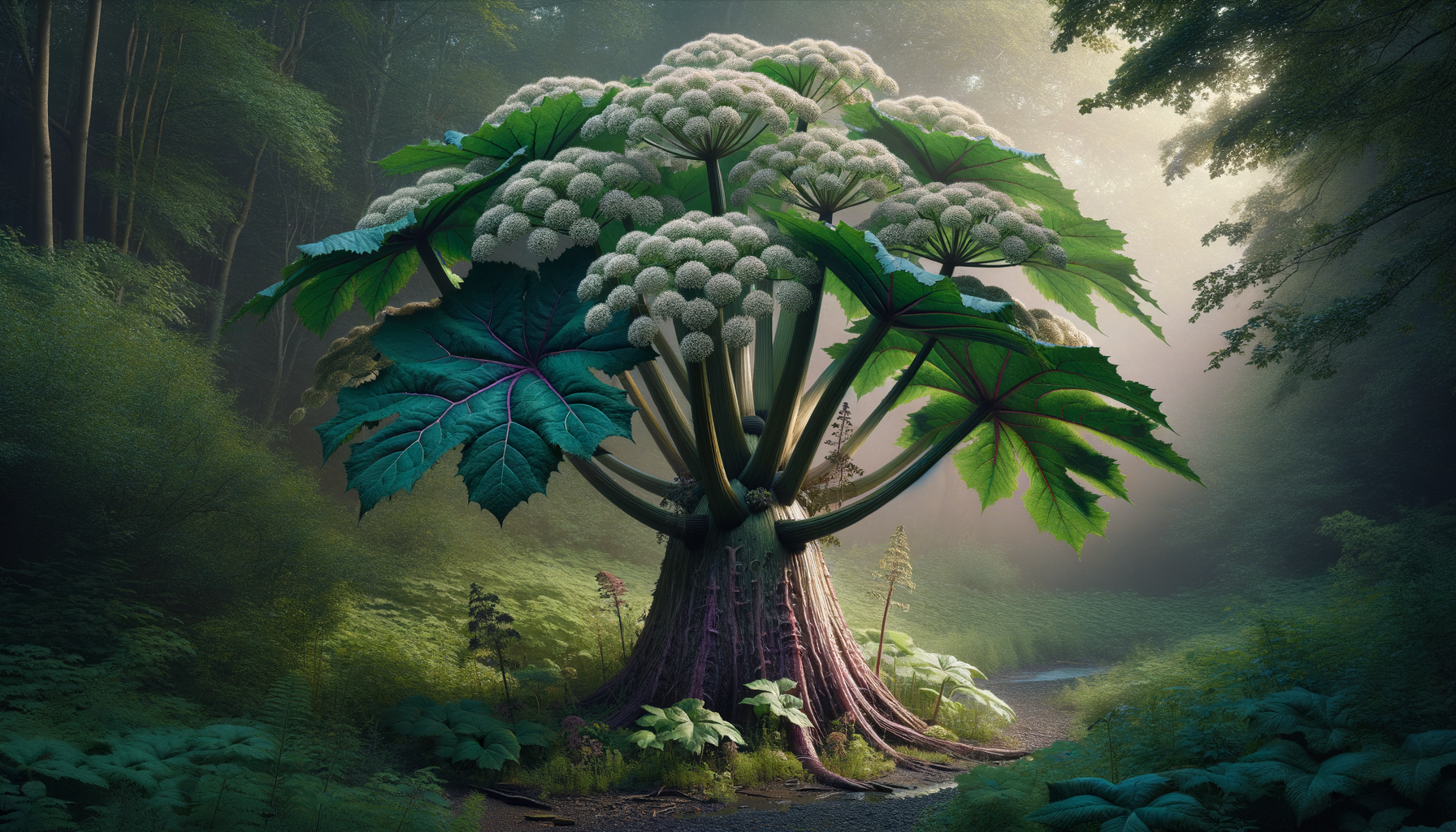Beware the Giant Hogweed: Protect Your Home and Health from This Dangerous Plant

Giant hogweed is more than just an overgrown plant; it’s a real threat to your well-being and property. This towering plant, reaching up to 14 feet tall with large, umbrella-shaped flower clusters, might look impressive, but its dangers are far from superficial. A brush with its sap can lead to severe skin irritation, blistering, and even long-term scars. Here’s what you need to know to protect yourself and your home from this hazardous invader.
The trouble with giant hogweed starts with its sap, which is full of toxic chemicals called furanocoumarins. When these chemicals come into contact with your skin and are then exposed to sunlight, a severe reaction called phytophotodermatitis can occur. This can result in painful blisters, dark scars, and in extreme cases, even temporary or permanent blindness if it gets in your eyes.
Knowing how to identify giant hogweed is crucial. It has large, dark green leaves that can span up to five feet wide, featuring deeply cut, pointed lobes. The plant’s stem is notably thick and hollow with characteristic purple blotches and coarse white hairs. During its peak growing season in late spring to mid-summer, you’ll notice the large, white flower clusters that look somewhat like giant Queen Anne’s lace.
If you spot giant hogweed on your property, it’s essential to take immediate action, but also to protect yourself. Never attempt to remove the plant without proper protection. Wear gloves, long sleeves, pants, and eye protection. It’s advisable to consult a professional removal service, as they have the right equipment and knowledge to handle this hazardous plant safely.
For those handling the removal themselves, ensure you have researched appropriate disposal methods. Bagging the plant material and discarding it in accordance with local regulations is recommended to prevent the plant from spreading. Be wary of mowing or cutting the plant, as this can cause the sap to splatter and increase the risk of skin contact.
Preventative measures can be taken to avoid giant hogweed becoming a problem in the first place. Regularly inspect your property, especially in wooded areas or near water sources where the plant prefers to grow. Educating your family and neighbors about the dangers of giant hogweed can help limit its spread and reduce the risk of accidental contact.
In addition to the safety risks, giant hogweed has ecological implications. This invasive species can outcompete native plants, leading to reduced biodiversity and altered habitats. By managing and properly disposing of giant hogweed, you’re not just protecting yourself, but also contributing to the well-being of the local ecosystem.
Taking quick and informed action against giant hogweed is essential. Remaining vigilant, using appropriate protective measures, and engaging professionals when necessary can help you maintain a safe and beautiful property. Stay informed and proactive to ensure this dangerous plant doesn’t take root in your yard.
